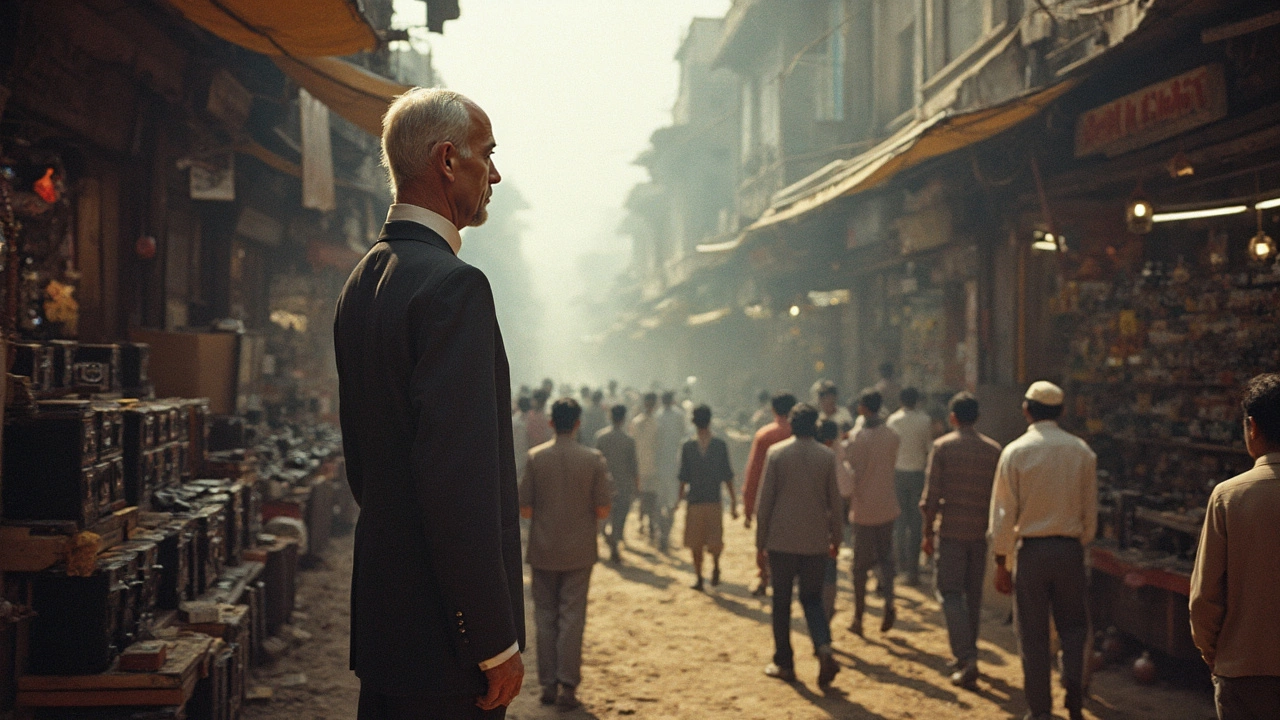Photography History: A Simple Walk Through Time
Ever wonder how we went from silver plates to the snap you see on your phone? The story of photography is full of cool experiments, wild inventions, and lots of patience. Below you’ll find the biggest moments, the people who pushed the limits, and a few practical ideas if you want to bring old memories to life.
Early Days: The Birth of Photography
The first real photo appeared in 1826 when French inventor Nicéphore Niépce captured a view from his window using a bit of bitumen on a pewter plate. It took eight hours of exposure – talk about a long wait! A few years later, Louis Daguerre improved the process with the daguerreotype, which needed just minutes of light. Daguerreotypes were shiny, one‑of‑a‑kind images that sparked huge curiosity across Europe and America.
While daguerreotypes dazzled, they were fragile and costly. That’s why photographers started experimenting with paper negatives. In 1841, William Henry Fox Talbot introduced the calotype, a paper‑based method that let you copy images multiple times. This concept of a negative‑to‑positive workflow is still the backbone of modern photo printing.
By the late 1800s, glass plate negatives and dry gelatin emulsions made shooting faster and easier. These advances opened the door for portrait studios, war photographers, and travel explorers. If you ever find an old glass plate, you’ve got a piece of the very foundation that lets us print pictures today.
Digital Revolution and Today
Fast forward to the 1970s – Kodak released the first digital camera prototype, but it stayed behind the scenes for years. The real shift happened in the 1990s when consumer‑grade digital cameras entered the market. Suddenly, you could see a picture on a screen right after you clicked. No chemicals, no darkroom, just instant feedback.
Digital technology didn’t just change how we shoot; it changed how we print. High‑resolution inkjet and dye‑sublimation printers now turn a computer file into a vivid photo that rivals any traditional print. Services like Mumbai Digital Print & Photo Services use these machines to bring your digital memories to paper, canvas, or even metal.
Want to keep an old family photo alive? Scan it at 600 dpi, clean up dust with a free editor, and print it on archival paper. The result looks fresh, and you can frame it without worry. It’s a simple way to blend history with today’s tech.
Today, smartphones pack multiple lenses, AI‑enhanced modes, and RAW capture, letting anyone shoot like a pro. Social media spreads images worldwide in seconds, a far cry from the weeks it took to develop a daguerreotype. Yet the core excitement – capturing a moment – remains the same.
So whether you’re scrolling through Instagram, printing a wedding album, or restoring a 19‑th‑century portrait, you’re part of a long line of people fascinated by light and chemistry. Knowing the milestones helps you appreciate each click a bit more and makes it easier to choose the right printing method for your needs.
